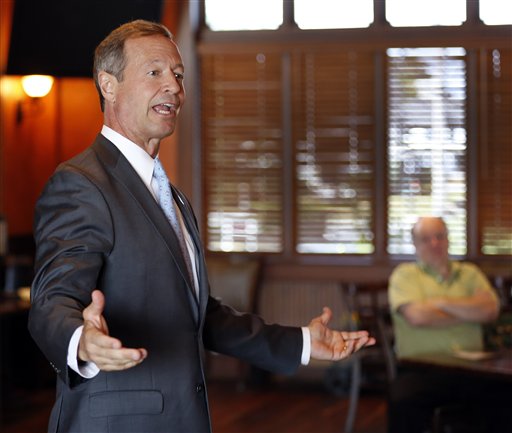By Paige Randall
Starting this year, thousands from Syria will arrive in “The Land of Opportunity.”
In Syria, hundreds of people are leaving the country each day because of war and violence. Over 2 million people have been displaced to date. These refugees are seeking asylum in countries all over the world, and many have already settled in places such as Germany and Sweden. The United States has been accepting refugees since the beginning of the Syrian conflict, but has recently decided to provide asylum to even more.
On September 10, 2015, the White House announced that the US would accept up to 10,000 Syrian immigrants in the next year. These 10,000 people would be in addition to the almost 1,500 Syrian refugees already residing in the country.
The decision to provide asylum to more refugees has generated both positive and negative fe

edback. Individuals on both sides of the political spectrum argue that although United States is helping, it is not doing enough to aid the refugees over in the Middle East.
Former governor of Maryland, Martin O’Malley, released a statement on Friday, September 4, 2015 that said, “If Germany — a country with one-fourth our population — can accept 800,000 refugees this year, certainly we — the nation of immigrants and refugees — can do more.”
However, others oppose granting asylum to even 10,000 refugees, citing terrorists organizations and border security as possible issues. On September 30, 2015, at a meeting of the Des Moines Rotary club, Republican presidential candidate and former neurosurgeon Ben Carson said, “To bring into this country groups infiltrated with jihadists makes no sense. Why would you do something like that?” (Washington News). Carson explained that a better route could possibly be to assist financially, rather than allow refugees to enter the US.
The people of the United States also have differing opinions on how to approach the refugee situation. According to Reuters, who polled 1,251 Americans in September of 2015, 35% wanted to lower the number of refugees the United States is accepting. However, 56% of those surveyed wanted to do more to help the crisis, although not necessarily by accepting more refugees.
While lawmakers, politicians, and the American people may all have differing opinions on the number of immigrants allowed in the United States, it is clear that the refugees are already coming. Lancaster County, Pennsylvania has already settled in a few families from Syria, and expects more to arrive in the coming months.
The Syrians that are coming are assisted by The Church World Services(CWS), a nationwide program that helps immigrants and refugees. After the refugees go through federal screening and background checks, the CWS will help the family find an apartment and enroll in school and English classes. The CWS also assists with acclimating the refugees to American life, using grant money from the federal government, as well as private donations.

The most recent family to come to Lancaster arrived in mid-September. The family consisted of two parents and their seven children, ages 4 through 15. The family had previously been living in a Jordan refugee camp for almost three years.
According to the International Institute in St. Louis, less than 1% of immigrants ever get resettled from camps. Christine Baer, congregational resource developer for Church World Service in Lancaster, hopes to welcome as many migrants as possible into Lancaster, stating that they expect over 300 people in the coming year. Baer said, “Lancaster is a welcoming community. It always has been.”(LancasterOnline)
Wherever the refugees are coming and however many there will be, the United States is ready to accept them. On September 20th, according to CNN, Secretary of State John Kerry said, “We’ll welcome — because America has always welcomed — bringing more people in in these kinds of circumstances.”






